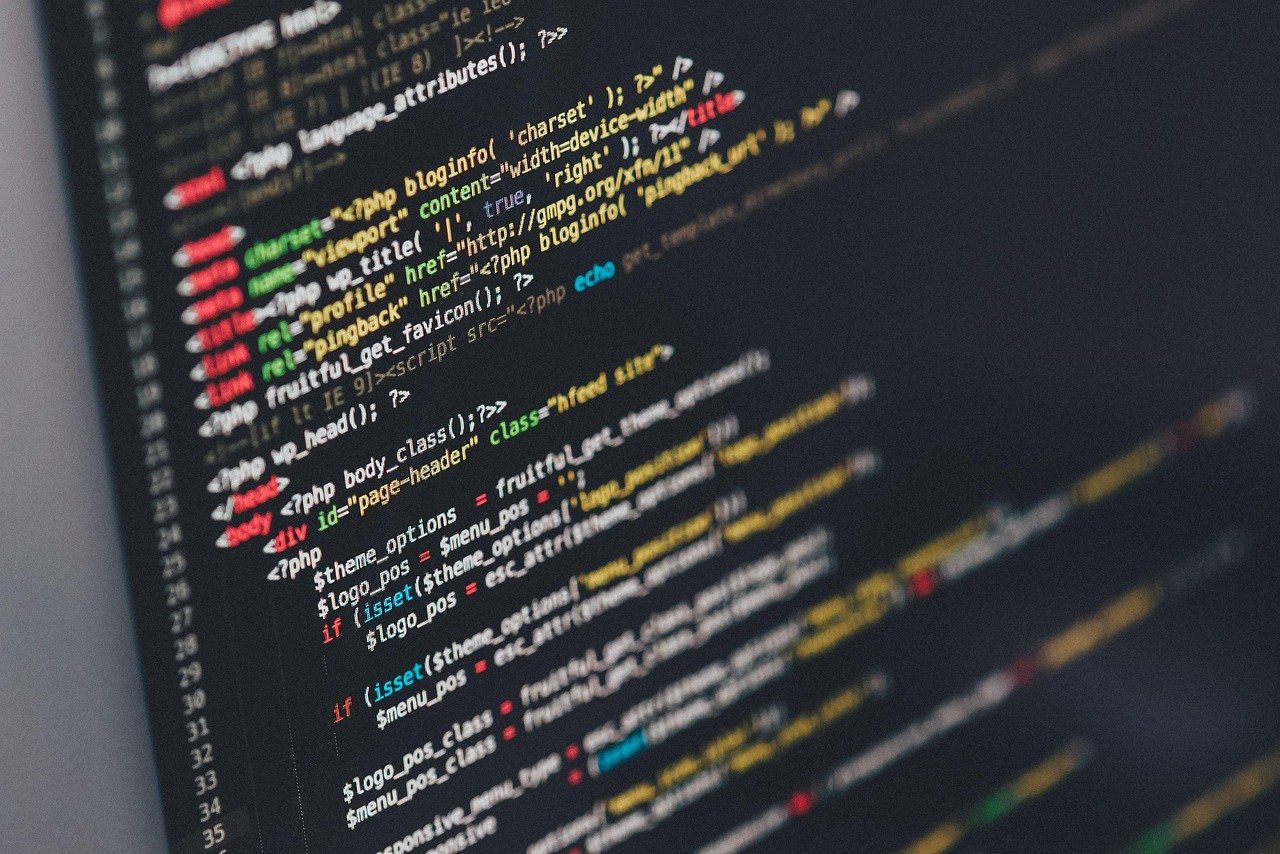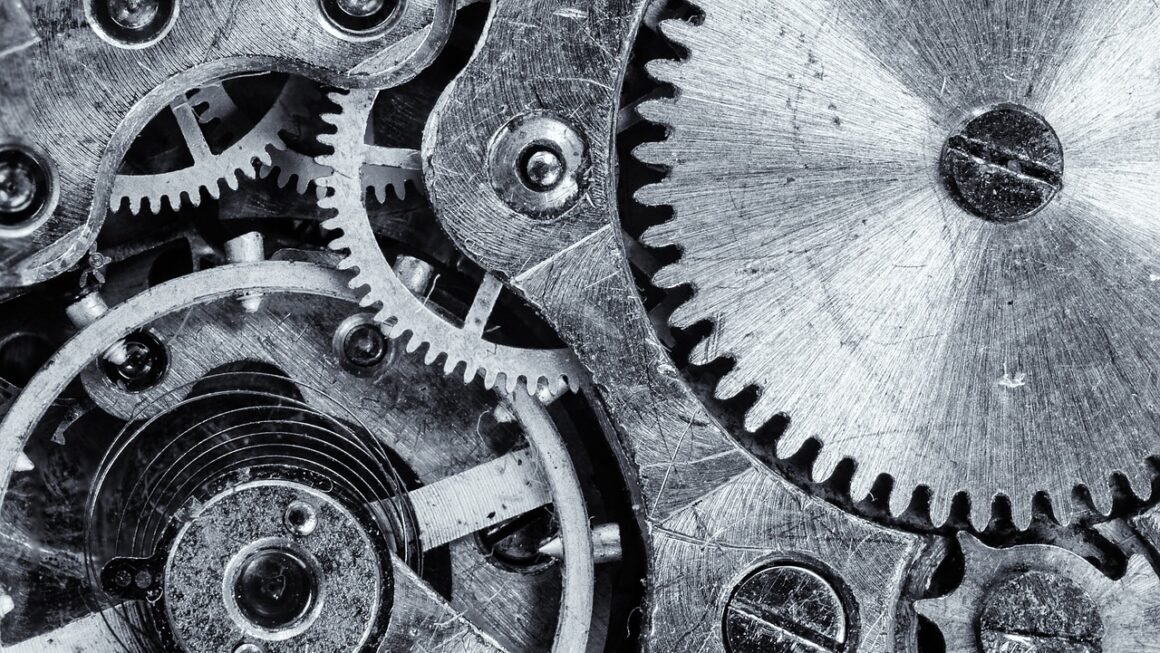Imagine a world where computers can “see” and interpret the world around them just like we do. This isn’t science fiction anymore; it’s computer vision, a rapidly evolving field transforming industries and reshaping our interaction with technology. From self-driving cars to medical image analysis, computer vision is already deeply ingrained in our daily lives, and its potential is virtually limitless. This post delves into the core concepts, applications, and future trends of this fascinating technology.
What is Computer Vision?
Computer vision is a field of artificial intelligence (AI) that enables computers to “see,” interpret, and understand images and videos. It aims to give machines the ability to process and analyze visual data in a way similar to how humans do. Unlike simple image processing, computer vision strives for understanding: not just manipulating pixels, but extracting meaningful information and making informed decisions based on that information.
Core Components of Computer Vision
- Image Acquisition: Capturing images or videos through sensors like cameras. This is the first step in the computer vision pipeline. Quality and type of sensor plays a crucial role.
- Image Preprocessing: Cleaning and enhancing the captured images to improve the accuracy of subsequent analysis. This involves techniques like noise reduction, contrast enhancement, and geometric transformations.
- Feature Extraction: Identifying and extracting relevant features from the preprocessed images. Features can be edges, corners, textures, or more complex representations. Common techniques include edge detection (e.g., Canny, Sobel), corner detection (e.g., Harris corner detector), and Scale-Invariant Feature Transform (SIFT).
- Image Classification: Assigning a category or label to an image based on its features. This is often achieved using machine learning algorithms trained on large datasets of labeled images.
- Object Detection: Identifying and locating specific objects within an image. This is a more complex task than image classification, as it requires not only recognizing the object but also determining its position and size. Common algorithms include YOLO (You Only Look Once) and Faster R-CNN.
- Image Segmentation: Dividing an image into multiple regions or segments, often corresponding to different objects or parts of objects. This allows for a more detailed understanding of the image content. Techniques include semantic segmentation (classifying each pixel) and instance segmentation (distinguishing individual instances of objects).
The Role of Machine Learning
Machine learning, especially deep learning, has revolutionized computer vision. Deep learning models, particularly Convolutional Neural Networks (CNNs), have achieved state-of-the-art performance in many computer vision tasks. CNNs are specifically designed to process image data, automatically learning relevant features from raw pixels.
- Supervised Learning: Training models on labeled datasets to learn the relationship between images and their corresponding labels. This is commonly used for image classification and object detection.
- Unsupervised Learning: Discovering patterns and structures in unlabeled image data. This can be used for tasks like image clustering and dimensionality reduction.
- Transfer Learning: Leveraging pre-trained models on large datasets to improve the performance of models trained on smaller datasets. This can significantly reduce training time and improve accuracy. For example, a model trained on ImageNet can be fine-tuned for a specific object detection task with relatively little data.
Applications Across Industries
Computer vision is no longer confined to research labs; it’s being deployed in a wide range of industries, transforming how businesses operate and enhancing our daily lives.
Healthcare
- Medical Image Analysis: Assisting radiologists in detecting diseases like cancer through analysis of X-rays, MRIs, and CT scans. Computer vision algorithms can identify subtle anomalies that might be missed by the human eye. For instance, deep learning models are being used to detect lung nodules in CT scans with high accuracy.
- Robotic Surgery: Providing surgeons with enhanced visualization and precision during operations. Computer vision can guide robotic arms, ensuring accuracy and minimizing invasiveness.
- Drug Discovery: Analyzing microscopic images to identify potential drug candidates and understand their effects on cells.
Manufacturing
- Quality Control: Inspecting products for defects and ensuring adherence to quality standards. This can automate the inspection process, reducing human error and improving efficiency. Computer vision systems can detect scratches, dents, and other imperfections in real-time.
- Predictive Maintenance: Analyzing images and videos of equipment to detect signs of wear and tear, enabling proactive maintenance and preventing costly breakdowns. Thermal imaging, combined with computer vision, can identify hotspots in machinery, indicating potential problems.
- Robot Guidance: Guiding robots to perform tasks such as picking and placing objects in assembly lines.
Retail
- Automated Checkout: Enabling seamless checkout experiences by automatically identifying and scanning products. Amazon Go stores are a prime example of this application.
- Inventory Management: Monitoring stock levels on shelves and automatically reordering products when needed. Computer vision can analyze shelf images to determine the quantity of each product and identify out-of-stock items.
- Customer Behavior Analysis: Tracking customer movements and interactions within a store to optimize store layout and product placement. Heatmaps generated from camera footage can reveal popular areas and identify bottlenecks.
Transportation
- Self-Driving Cars: Enabling vehicles to navigate roads and avoid obstacles without human intervention. Computer vision is crucial for perception, allowing cars to “see” and understand their surroundings.
- Traffic Monitoring: Analyzing traffic patterns to optimize traffic flow and reduce congestion. Computer vision can track the number of vehicles, their speed, and their direction of travel.
- License Plate Recognition: Automatically identifying license plates for law enforcement and toll collection purposes.
Security
- Facial Recognition: Identifying individuals based on their facial features. This is used for access control, surveillance, and identity verification.
- Anomaly Detection: Detecting suspicious activities in surveillance footage. Computer vision can identify unusual behaviors, such as loitering or unauthorized access.
- Object Tracking: Tracking the movement of objects within a video stream.
Common Computer Vision Techniques
Computer vision utilizes a diverse range of techniques, each suited for different tasks and applications.
Image Classification Algorithms
- Convolutional Neural Networks (CNNs): The most popular and effective architecture for image classification. CNNs learn hierarchical features from raw pixels, enabling them to recognize complex patterns. Examples include AlexNet, VGGNet, ResNet, and EfficientNet.
- Support Vector Machines (SVMs): A powerful classification algorithm that can be used for image classification, especially when combined with hand-crafted features.
- K-Nearest Neighbors (KNN): A simple yet effective algorithm that classifies images based on the similarity to their nearest neighbors in the feature space.
Object Detection Algorithms
- YOLO (You Only Look Once): A real-time object detection algorithm that processes the entire image in a single pass, making it very fast and efficient.
- Faster R-CNN (Region-based Convolutional Neural Network): A two-stage object detection algorithm that first proposes regions of interest and then classifies them.
- SSD (Single Shot MultiBox Detector): Another real-time object detection algorithm that combines the speed of YOLO with the accuracy of Faster R-CNN.
Image Segmentation Techniques
- Semantic Segmentation: Classifying each pixel in an image, assigning it to a specific category. Common architectures include Fully Convolutional Networks (FCNs) and U-Net.
- Instance Segmentation: Distinguishing individual instances of objects in an image. This combines object detection and semantic segmentation. Mask R-CNN is a popular algorithm for instance segmentation.
- Region-Based Segmentation: Grouping pixels into regions based on their similarity in color, texture, or other features. Examples include watershed segmentation and k-means clustering.
Practical Tip: Choosing the Right Technique
The best computer vision technique depends on the specific application and the available resources. For real-time applications, speed is crucial, making YOLO or SSD suitable choices. For high-accuracy tasks, Faster R-CNN or Mask R-CNN might be more appropriate.
Challenges and Future Trends
While computer vision has made significant strides, several challenges remain.
Challenges
- Data Bias: Training datasets often reflect biases, leading to models that perform poorly on underrepresented groups. For example, facial recognition systems have been shown to be less accurate for people of color.
- Computational Cost: Training deep learning models requires significant computational resources, limiting access to researchers and developers.
- Robustness: Computer vision systems can be vulnerable to adversarial attacks, where small, carefully crafted perturbations to images can cause them to make incorrect predictions.
- Explainability: Understanding why a computer vision model made a particular decision can be challenging, limiting trust and adoption.
Future Trends
- Explainable AI (XAI): Developing techniques to make computer vision models more transparent and understandable.
- Federated Learning: Training models on decentralized data without sharing the data itself, addressing privacy concerns.
- Self-Supervised Learning: Learning from unlabeled data, reducing the need for large labeled datasets.
- Edge Computing: Deploying computer vision models on edge devices, such as cameras and sensors, enabling real-time processing and reducing latency.
- 3D Computer Vision: Processing and understanding 3D data from sensors like LiDAR and depth cameras, enabling more accurate and robust perception.
Conclusion
Computer vision is a powerful and rapidly evolving field with the potential to transform industries and improve our lives in countless ways. From healthcare to transportation to retail, computer vision is already making a significant impact. While challenges remain, ongoing research and development are paving the way for even more sophisticated and impactful applications in the future. As the field continues to advance, we can expect to see computer vision become an even more integral part of our world, blurring the lines between the digital and physical realms. Understanding the core concepts and applications of computer vision is becoming increasingly important for anyone working in technology or business.



